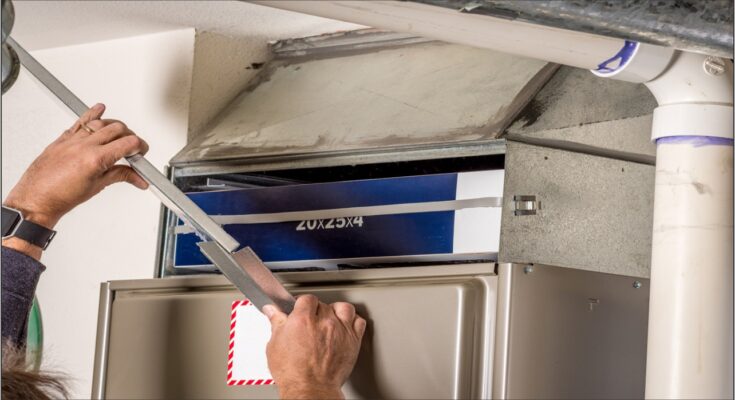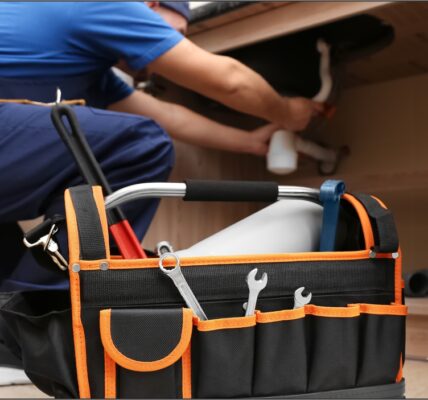As a homeowner, one of the essential components of your home is the furnace. It provides warmth and comfort during the cold winter months, making it crucial to understand when it’s time to repair or replace this vital system. Your furnace, like any other mechanical system, has a lifespan that can vary based on factors such as maintenance, usage, and quality. In this guide, we’ll discuss when to repair vs. replace your home furnace to help you make an informed decision.
Signs Your Furnace Needs Repair
1. Strange Noises
If your furnace is making unusual noises such as banging, screeching, or rattling, it could indicate a mechanical issue that requires repair.
2. Uneven Heating
Are some rooms in your home significantly colder or warmer than others? This could be a sign of a malfunctioning furnace that needs attention.
3. Increased Energy Bills
A sudden spike in your energy bills without a corresponding increase in usage could be a sign that your furnace is working inefficiently.
4. Frequent Cycling
If your furnace is turning on and off frequently, known as short cycling, it may be struggling to maintain a consistent temperature, signaling a potential problem.
5. Yellow Pilot Light
A yellow pilot light on your furnace instead of a steady blue flame can indicate a carbon monoxide leak, which is a serious safety concern that requires immediate repair.
When to Replace Your Furnace
1. Age
The average lifespan of a furnace is around 15-20 years. If your furnace is nearing or past this age, replacing it with a newer, more energy-efficient model can save you money on repairs and energy costs in the long run.
2. Frequent Repairs
If you find yourself calling for furnace repairs more frequently, the cumulative cost of these repairs may outweigh the benefits of investing in a new furnace.
3. Energy Efficiency
Older furnaces tend to be less energy-efficient than newer models. By upgrading to a high-efficiency furnace, you can lower your energy bills and reduce your carbon footprint.
4. Comfort and Consistency
If your current furnace struggles to heat your home evenly or maintain a consistent temperature, upgrading to a new furnace can improve your overall comfort and indoor air quality.
5. Safety Concerns
Safety should always be a top priority. If your furnace poses a safety risk due to carbon monoxide leaks, cracks in the heat exchanger, or other critical issues, it’s time to replace it.
Knowing when to repair vs. replace your home furnace is crucial to maintaining a safe and efficient heating system. Regular maintenance and timely repairs can prolong the lifespan of your furnace, but when it’s time for a replacement, investing in a modern, energy-efficient unit can save you money in the long term. Consult with HVAC professionals for expert advice on the best course of action for your specific furnace needs.















